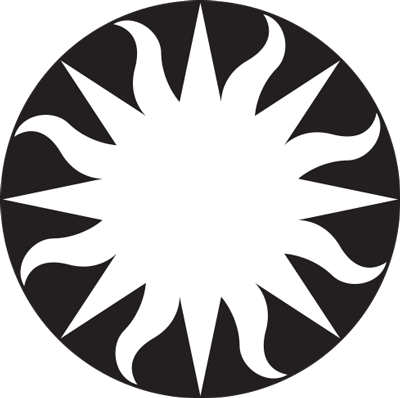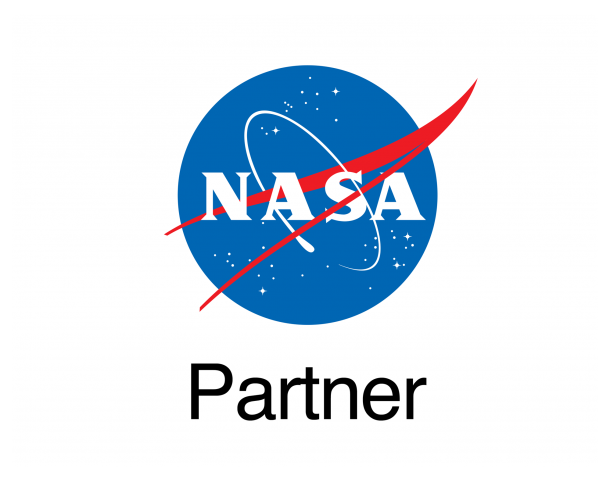Cloudy with a chance of explosions

esahubble_potw2437a September 9th, 2024
Credit: ESA/Hubble & NASA, C. Kilpatrick
The subject of this Hubble Picture of the Week is a spiral galaxy in the constellation Virgo named NGC 5668. It is relatively near to us at 90 million light-years from Earth and quite accessible for astronomers to study with both space- and ground-based telescopes. At first blush, it doesn’t seem like a remarkable galaxy. It is around 90 000 light-years across, similar in size and mass to our own Milky Way galaxy, and its orientation nearly face-on to us shows open spiral arms made of cloudy, irregular patches. One noticeable difference between the Milky Way galaxy and NGC 5668 is that this galaxy is forming new stars 60% more quickly. This fact belies a galaxy with churning clouds and flows of gas, inclement weather that forms excellent conditions for the formation of new stars! Two main drivers of star formation have been identified by astronomers. Firstly, this high-quality Hubble snapshot reveals a bar at the centre; it might look more like a slight oval shape than a real bar, but it appears to have impacted the galaxy’s star formation rate, as central bars do in many spiral galaxies. Secondly, high-velocity clouds of hydrogen gas have been tracked moving vertically between the disc of the galaxy and the spherical, faint halo which surrounds it. These can be produced by the strong stellar winds of hot, massive stars, and they contribute gas to new star-forming regions. The enhanced star formation rate in NGC 5668 comes with a corresponding abundance of supernova explosions. Three have been spotted in the galaxy, in 1952, 1954 and 2004. In this image, Hubble was used to examine the surroundings of the Type II SN 2004G, seeking to study the kinds of stars that end their lives as this kind of supernova. [Image Description: A spiral galaxy, seen up close and face-on. It is coloured yellow and glowing brightly at the oval-shaped centre, showing older and cooler stars, and it becomes bluer out to the edge of the disc where the stars are younger and hotter. It has a number of somewhat patchy spiral arms curling around, with sparkling areas where stars form. The black background can just be seen at the corners.] Links Pan of NGC 5668
Provider: Hubble Space Telescope | ESA
Image Source: https://esahubble.org/images/potw2437a/
Curator: ESA/Hubble, Baltimore, MD, United States
Image Use Policy: Creative Commons Attribution 4.0 International License

- ID
- potw2437a
- Subject Category
- Subject Name
- NGC 5668
- Credits
- ESA/Hubble & NASA, C. Kilpatrick
- Release Date
- 2024-09-09T06:00:00
- Lightyears
- Redshift
- Reference Url
- https://esahubble.org/images/potw2437a/
- Type
- Observation
- Image Quality
- Distance Notes
- Facility
- Hubble Space Telescope, Hubble Space Telescope, Hubble Space Telescope, Hubble Space Telescope
- Instrument
- ACS, ACS, ACS, ACS
- Color Assignment
- Blue, Green, Green, Red
- Band
- Optical, Optical, Optical, Optical
- Bandpass
- V, V, I, I
- Central Wavelength
- 555, 555, 814, 814
- Start Time
- Integration Time
- Dataset ID
- None, None, None, None
- Notes
- Coordinate Frame
- ICRS
- Equinox
- J2000
- Reference Value
- 218.35041952917751, 4.449897016553865
- Reference Dimension
- 2995.0, 3227.0
- Reference Pixel
- 1497.5, 1613.5
- Scale
- -1.3900921034111664e-05, 1.3900921034111664e-05
- Rotation
- -14.559999999999913
- Coordinate System Projection:
- TAN
- Quality
- Full
- FITS Header
- Notes
- Creator (Curator)
- ESA/Hubble
- URL
- https://esahubble.org
- Name
- Telephone
- Address
- ESA Office, Space Telescope Science Institute, 3700 San Martin Dr
- City
- Baltimore
- State/Province
- MD
- Postal Code
- 21218
- Country
- United States
- Rights
- Creative Commons Attribution 4.0 International License
- Publisher
- ESA/Hubble
- Publisher ID
- esahubble
- Resource ID
- potw2437a
- Resource URL
- http://esahubble.org/media/archives/images/original/potw2437a.tif
- Related Resources
- Metadata Date
- 2024-09-05T20:54:33+02:00
- Metadata Version
- 1.1
Detailed color mapping information coming soon...













